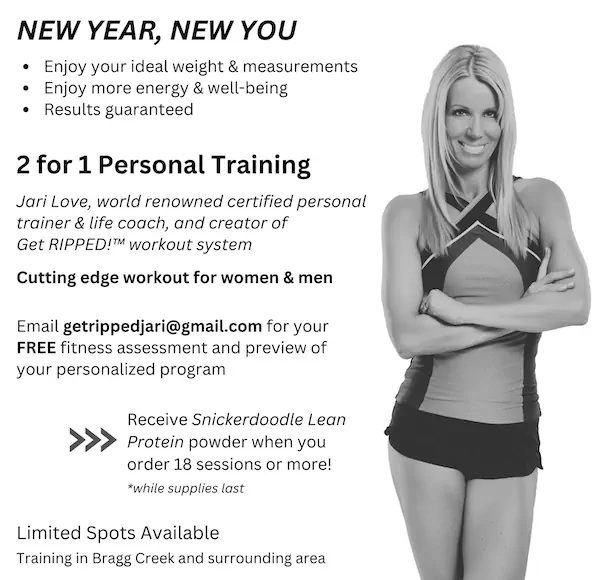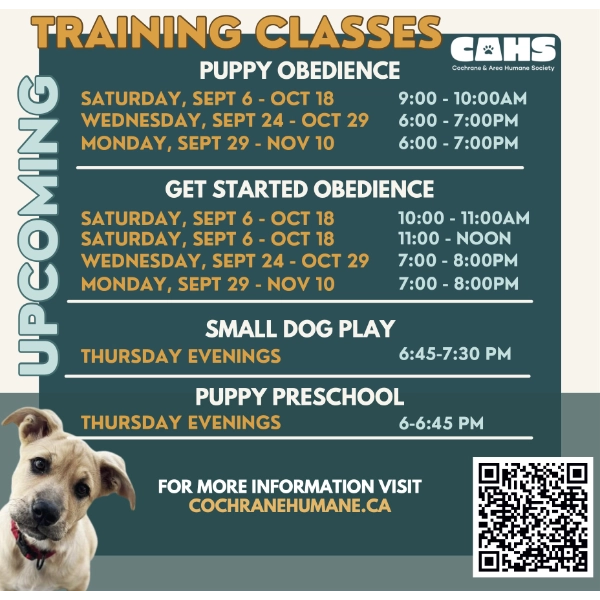RETRO WALKING
Sounds interesting, like moon walking! Retro walking is simply walking backwards and is starting to gain some interest regarding joint health, knee pain, balance and stimulating the brain.
Back in the early 19th century, several individuals walked hundreds, even thousands of miles, in reverse. This was typically for bragging rights or winning a bet. Back in 1915, a man named Patrick Harmon, embarked on a challenge to walk from San Francisco to New York City. He succeeded in this journey, taking him 290 days to walk backwards the 6,300 km distance!
Walking backwards has been used in sports performance training and rehabilitating lower back, hip and knee injuries, particularly benefitting osteoarthritis of the knee. Due to the difference in biomechanics, moving backwards engages different muscles in the hip, knee, ankle and lower back. In addition, it has been shown to positively affect cognitive abilities such as memory, reaction time and problem solving skills.
One study in the National American Journal of Medical Sciences (Feb 2013) found that the range of motion at both the hip and knee joints is reduced during backwards walking. This was shown to be beneficial for arthritic joints that may be stiff and inflexible. While a forward gait involves heel contact, moving backwards begins with toe contact, thereby resulting in less impact felt at the knee. Using a different muscle activation pattern at both the hip and the knee has been shown to reduce disability and improve function. Exercising the glutes (back of the hip) helps to create a stretch in the hip flexors (front muscles), which are often tight and contribute to lower back pain.
Additional benefits include balance training and proprioceptive awareness (body awareness). Athletes that utilize retro walking in their training have been shown to have better reaction times. Researchers have shown that walking backwards triggers a distinct neural activity in the brain, as there is increased activity in the pre-frontal cortex, the part of the brain responsible for decision making and problem solving (Canadian Running, December 2023).
Obviously, safety is a BIG concern! A treadmill is a great tool for this activity if you have one. You can support yourself with the handrails, attach the safety clip, and there are no obstacles to trip over. Otherwise, you could partner up with a friend and take turns. They can act as your eyes and prevent you from falling. A running track is another option with less hazards than the road or trails. If you are really adventurous, you can work up to jogging and skipping backwards, even crawling backwards can be beneficial. You can challenge yourself with different inclines and speeds for a more dynamic exercise.
First and foremost, while retro walking is shown to have many benefits, it must be appropriate for your physical ability, balance and safety!
Jennifer Gordon (BSc.PT, GunnIMS, AFCI)
Physiotherapist – Bragg Creek Physiotherapy
www.braggcreekphysio.com


























